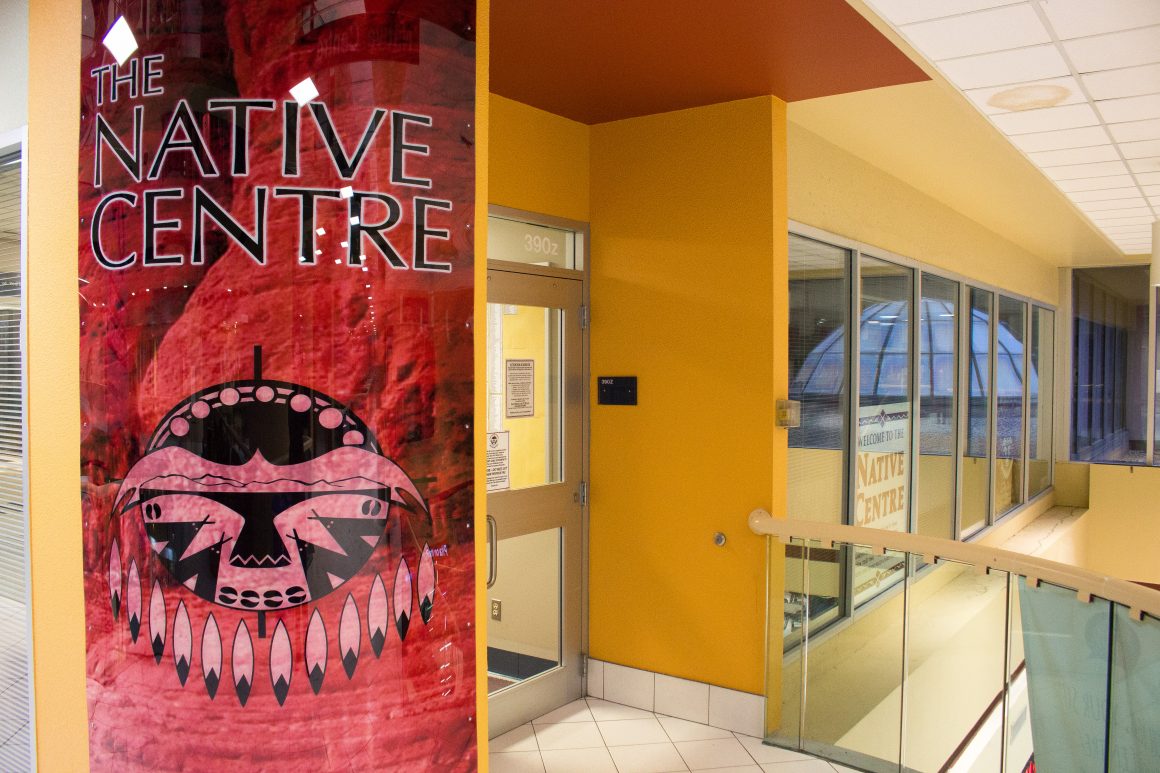
Government should reconsider approach to addressing spike in indigenous suicides
By Isobel Chiang, November 1 2016 —
A 10-year-old indigenous girl from Deschambault Lake, Saskatchewan committed suicide last week.
In October alone, four indigenous girls in Saskatchewan — all between the ages of 10 and 14 — took their lives.
This summer, the Attawapiskat First Nation in Northern Ontario declared a state of emergency after 11 people — nine of whom were minors — attempted suicide. There have been upwards of 100 suicide attempts in the remote indigenous community since September 2016.
Northern Manitoba’s Pimicikamak Cree Nation also declared a state of emergency this year.
The statistics are dismal. Suicide and self-inflicted injuries are the leading cause of death for First Nations people under the age of 44 in Canada and indigenous youth are five to six times more likely to commit suicide than their non-indigenous peers.
The death of the 10-year-old girl in Saskatchewan stoked the usual flame of political noise. Prime Minister Justin Trudeau stated that his government will “be committed to working with indigenous communities across the country to deal with this ever-occurring tragedy.”
On Twitter, federal Health Minister Jane Philpott was more forthright.
“Fourth girl takes own life in northern Saskatchewan. 10 years old. Nothing in my job more important than this issue,” she wrote.
The government’s response to the indigenous suicide crisis has been overwhelmingly focused on mental health.
Philpott promised $50 million in federal funding towards building new health centres in Pimicikamak and other Manitoba reserves. Health Canada will likewise fund six new mental wellness teams based in communities within the next three years.
In Deschambault Lake, youth deemed at-risk of suicide were sent to Prince Albert to be assessed by a psychiatrist. In a statement released in October, Health Canada ensured seven mental health therapists will be sent to Saskatchewan’s Stanley Nation community to provide counselling seven days a week, which according to the statement is “over and above the $34 million that is being provided to partners this year in Saskatchewan for mental health programs.”
However, federal policies that singularly address mental health create the misleading narrative that indigenous youth are taking their lives only because of depression or a lack of access to proper counselling services.
No suicide crisis exists in a vacuum and individualizing suicidal tendencies as an inherent ‘mental flaw’ ignores the social context in which suicide occurs. In doing so it de-politicizes something that is inherently political.
It is about as helpful as former Prime Minister Stephen Harper calling the 582 cases of missing and murdered indigenous women a “crime” and not a “sociological phenomenon.”
This spike in indigenous suicides is not only a crisis of psychology — it is a crisis of community, indigenous identity and social cohesion.
According to Kerrie Moore, a trauma and integrative healing therapist at the University of Calgary’s Native Centre, hyper-medicalized and “solutions-focused” therapy does not adequately address “multi-generational trauma,” which she claims is the origin of all indigenous suffering.
Moore says treating multi-generational trauma over mental health is a much deeper process, as it requires community and family-level healing over individual assessment.
“The term ‘multi-generational trauma’ isn’t even listed in the Diagnostic and Statistical Manual of Mental Disorders,” Moore says, pointing that a common language to medically diagnose this phenomenon does not yet exist.
Moore emphasized the importance of community consultation when planning a response to the indigenous suicide epidemic.
“Health Canada shouldn’t be talking to people who are just doctors. We are not our diagnoses,” Moore says.
“Crisis intervention perpetuates crisis,” Moore says.
Health care workers enter communities, administer medical assessments, provide short-term counselling and then leave. At-risk individuals are often once again overwhelmed with suicidal thoughts because they remain in environments harbouring residual trauma.
“What’s the good in that?” Moore says. “What does that solve?”
Sending psychologists to reserves to counsel children is a band-aid solution to a complex phenomenon that has roots in the Indian Act and residential school system.
All of Canada’s cabinet ministers must address this epidemic — not just the Minister of Health or the Minister of Indigenous and Northern Affairs.
The high unemployment rate in indigenous communities means that the federal Finance Minister Bill Morneau has a stake in the socio-economic well-being of indigenous peoples.
Many reserves are still on boiling water advisories — Minister of Environment Catherine McKenna is responsible for rectifying this stark portrayal of environmental racism.
On-reserve First Nations, Métis and Inuit people are most likely to live in crowded homes that require major repairs, meaning Amarjeet Sohi, Minister of Infrastructure and Communities, has an obligation to address the substandard living conditions of indigenous communities, which the United Nations deems “akin to third world conditions.”
The on-reserve high-school drop out rate is a staggering 58 per cent, compared to a 10 per cent Canadian average. Minister of Families, Children and Social Development Jean-Yves Duclos must understand that inadequate access to education is a direct indicator of a child’s long-term quality of life.
The very first thing Trudeau promised as Prime Minister was “sunny ways” for all Canadians. While it’s a noble goal in and of itself, the path to truth and reconciliation does not require a psychologist to tell people something they already know. People don’t necessarily commit suicide because they are mentally ‘unfit’ or ‘deviant.’ When a ten-year-old commits suicide, it’s a clear expression of post-colonialism and cultural genocide consequences.
